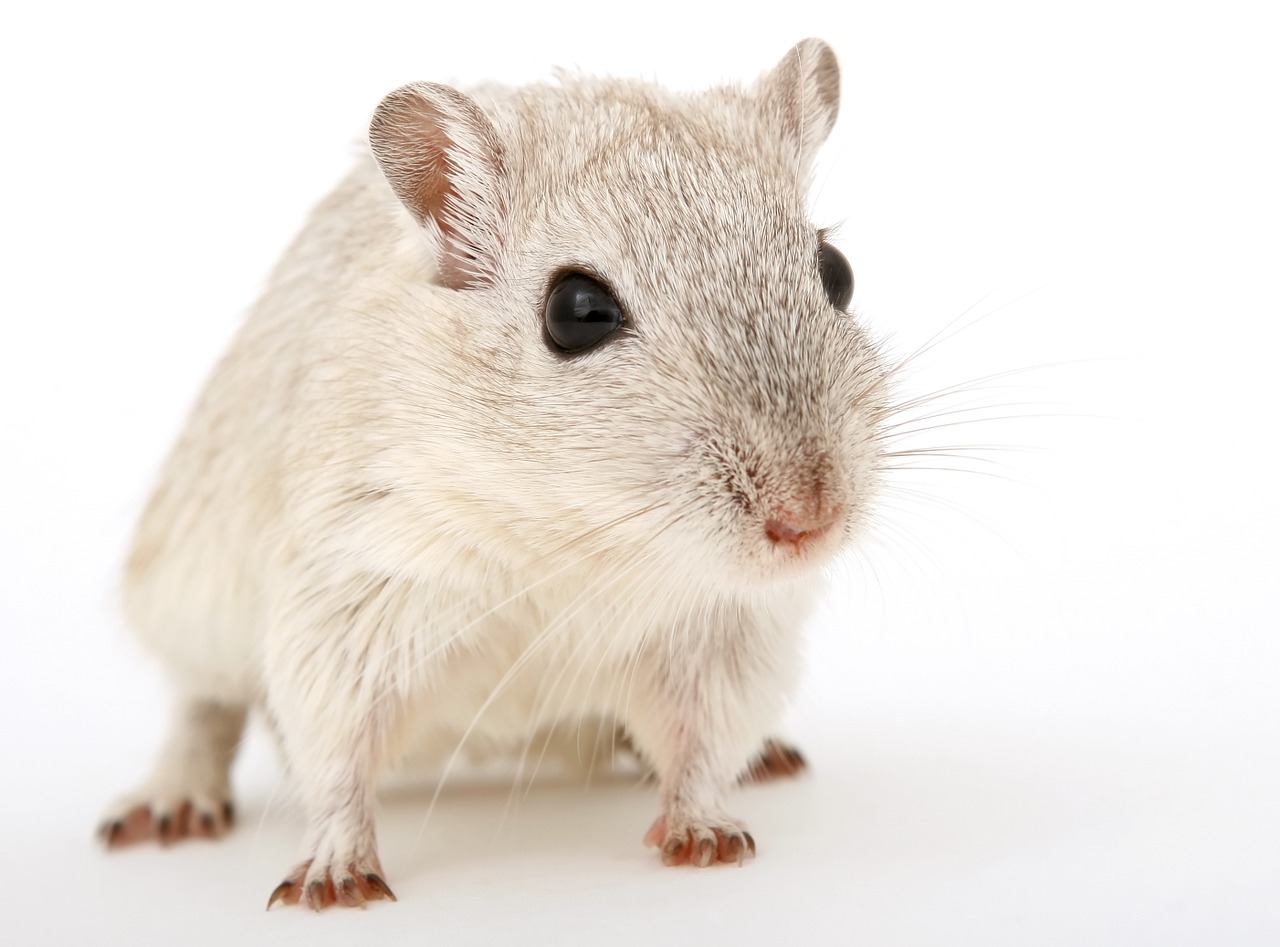A technique known as optogenetics has been used to create hallucinations in mice which, in turn, can spark further neuroscience research. The process involves passing laser light into the brain affecting the neurons such that they become sensitive to light. With this new light sensitivity, mice see imaginary lines by the effect of laser beams.
Karl Deisseroth explained “optogenetics” as a technique believed to help scientists study how brain cells develop experiences. The term was first used about fifteen years ago by scientists with intentions of manipulating perceptions and corresponding attitudes.
Karl Deisseroth expressed enthusiasm about the advancement the technique has made so far. Deisseroth, a Howard Hughes Medical Institute investigator at Stanford University in California worked with his team to study mice reaction about light rays.
Stimulated neurons cause hallucinations in mice
Their study revealed that about twenty neurons in the mice brain get activated when they view either a vertical or horizontal line. Making the mice see lines that are not really there involved manipulation by scientists of the neurons using laser light.
The team of scientists had trained the mice to drink water when they view either the horizontal or vertical lines. The lines were made successively fainter at intervals, to an extent that the mice couldn’t see the lines. Eventually, they stopped drinking water. However, when the neurons in the mice brain were activated, they hallucinated on the lines and progressed to drink from their water spouts.
This laser light test on the mice was tried in the dark as well. In the dark, the mice couldn’t see any line, but when the laser light was shone on them, they took steps to drink water. The scientists also recorded that the neurons work in a network cascade, stimulating other neurons to make the hallucinated lines appear real to the mice.
Brain fix deduced from hallucinations in mice
Conor Liston, a neuroscientist with Weill Cornell Medicine in New York City expressed his amazement at the findings with the mice. He explained that it will spark up the interest of other neuroscientists in the field.
Deisseroth identified some factors that were significant to the success of the research work. The liquid crystals which controlled the lasers played a vital role in the experiment’s success. Secondly, the protein CHRmine which was discovered to respond to different levels of light rays was also helpful in the study.
With similar experiments, neuroscientists might be able to control smells, tastes, and touches, Deisseroth says. And with further effort, control will be gained over other sets of neurons involved in complex brain functions as stated by Conor Liston.
The optogenetics results shed light on how a mouse perceive things that weren’t there. Neuro researchers could move on to find out if the brain may be more malleable than previously thought.
Hallucinogens in another form
Optogenetics as newly developed will not involve any ingesting of the drug but will only use light to effects light stimulation on the neurotransmitters. This method will map the contribution of individual neurons on networks and brain circuitries.
As the targeted neurons are genetically modified to express light-sensitive proteins – optogenetics actuators – the activity of a specific neuronal population are turned either on or off.
Optogenetics of another form has already been used with success in animal models of disorders of the nervous system, such as Parkinson’s disease, Alzheimer’s disease, spinal cord injuries, and retinitis pigmentosa.







